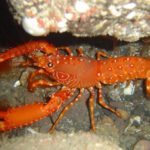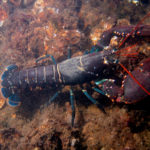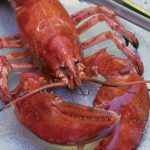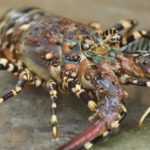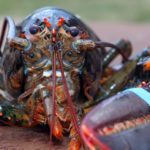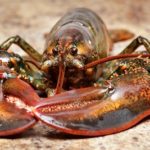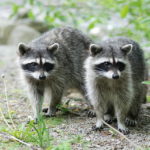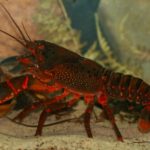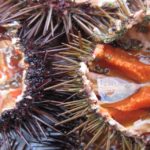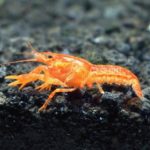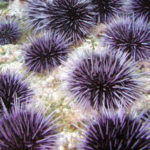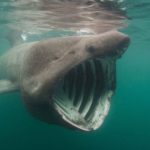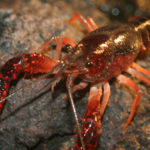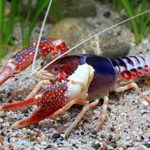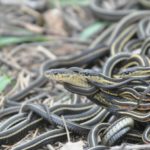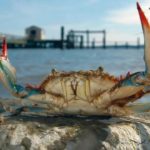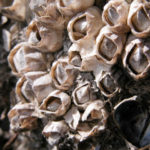Lobsters – information
 Lobsters (Homarus vulgaris), also called sea crayfish (Asta-cus marinus), differ little from ordinary crayfish. They live in all the European seas and everywhere are caught in huge quantities. Fecundity of lobsters is very high: the female lays about 12,000 eggs a year, which it nurses carefully under its belly, before hatching the embryos.
Lobsters (Homarus vulgaris), also called sea crayfish (Asta-cus marinus), differ little from ordinary crayfish. They live in all the European seas and everywhere are caught in huge quantities. Fecundity of lobsters is very high: the female lays about 12,000 eggs a year, which it nurses carefully under its belly, before hatching the embryos.
Lobster size rarely exceeds 30 cm in length. They live in captivity for 2-3 years. A case was recorded where, in captivity, the blue lobster lived up to 28 years.
Lobsters are very voracious and eat other crustaceans and fish. They also like to bury themselves in burrows in order to retreat in time. This behavior causes chaos in an ordinary aquarium and can serve as a convincing argument in order to prevent all lobsters from entering a special aquarium.
Lobsters are big owners and very strictly guard their territory, so if you want to avoid fights in the aquarium, keep only one lobster. May disturb sedentary invertebrates (corals, anemones), bottom and small fish, large fish do not touch.
Purple lobster (Panulirus versicolor) – very beautiful, but large lobster, reaching 20 cm in length. He needs a lot of space, but it is easy to feed and maintain.
Purple lobster is territorial, it protects its territory. When danger likes to hide in burrows. In the afternoon it hides in caves, crevices, coral reefs. Leaves for the open spaces only at night. An adult blue lobster molts several times a year. Once a year, in winter, it gathers in large groups (up to 100,000 individuals) and migrates. Where, has not yet been clarified. The most active of lobsters puts his long mustache on the back of another lobster, and, leaning on him with the front pair of paws, goes with him on the road. In turn, a third lobster clings to him.
When the procession passes by the shelters, other lobsters come out of them, and the chain gradually grows. When two small chains meet, they merge into one. Nothing can stop the procession that has begun. Moving blue lobsters leisurely. For a day, they pass about twelve kilometers. In the first hours of the procession, the chain often breaks. Having met the enemy, they try to get around him, but, if this is not possible, they take the fight. When the flock is attacked by a flock of large fish, the chain of lobsters coagulates into a dense spiral, and the forest of whiskers and spiny outgrowth rushes upward. Omar, knocked out of action by the enemy, loses his head. He starts spinning on the spot, looking for the column. If he still manages to determine the right direction, then he rushes to catch up with the chain.
